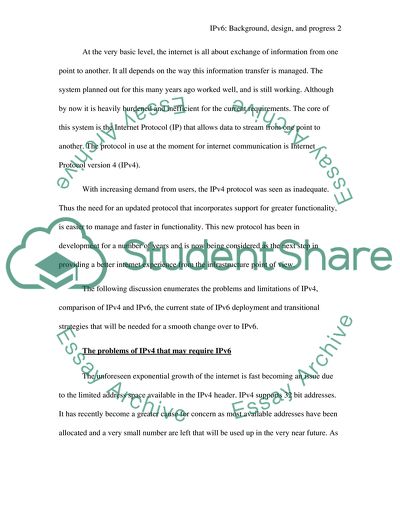Cite this document
(“Network Address Translators and IPv6 Coursework”, n.d.)
Retrieved from https://studentshare.org/technology/1575081-the-title-explained-in-attached-file
Retrieved from https://studentshare.org/technology/1575081-the-title-explained-in-attached-file
(Network Address Translators and IPv6 Coursework)
https://studentshare.org/technology/1575081-the-title-explained-in-attached-file.
https://studentshare.org/technology/1575081-the-title-explained-in-attached-file.
“Network Address Translators and IPv6 Coursework”, n.d. https://studentshare.org/technology/1575081-the-title-explained-in-attached-file.


